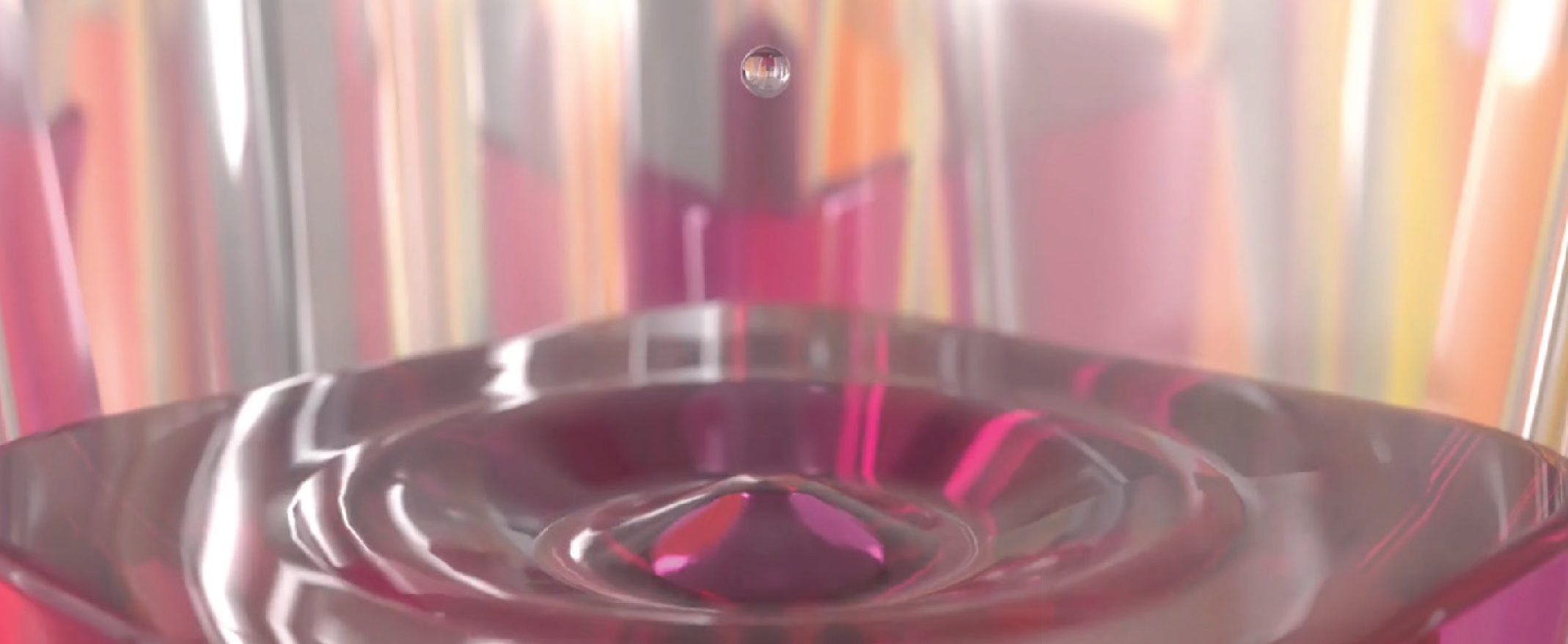In order to perform a run, liquid handling workstations usually require complex programming and set up, especially when performing multiple operations in a single run. From calculating the transfers and volumes to writing the instrument protocol to uploading the results, there is a lot that operators need to do.
In a busy lab environment, this becomes another task that can distract from other important work, yet it is something that can be automated to remove the need for focussed human interaction, saving time and reducing the risk of errors. In effect, with the right integration and automation in place, an operator can walk up to an instrument, be prompted for the required labware, push a button and walk away knowing the sample management system will take care of the rest.

Direct or driven integrations replace a lot of operator work by automatically calculating what should be done by each liquid handler and providing exact pipetting instructions, including volumes, sources and destinations for transfers, tip changes, ensuring labware is loaded correctly, and monitoring run success or failure. On top of this they manage overlapping workflows.
Essentially, a driven integration is where the sample management software or LIMS has direct 2-way communication with the liquid handling workstation via its API (application programming interface) and can drive it by generating instrument protocols based on the requirements to fulfil.
With a driven liquid handler workstation integration, it’s possible to:
- Remove the need for automation experts to write the appropriate protocol to run the instrument(s)
- Standardise methodology across multiple instruments and/or sites to minimise process variations, while still allowing flexibility between workflows
- Determine if two or more runs have compatible requirements so they can be processed together, to improve efficiency
- Handle failures (due to a tip crash, for instance) so that a run can quickly be resumed and that your inventory is only updated with the sample transfers that actually occurred
While a driven integration provides significant efficiency gains and reduces errors, it still takes time to analyse, plan, collaborate, develop and deliver the integration and can also be expensive when developed as a bespoke option.
Thankfully, there are pre-built integrations available that have been developed between instrument vendors and software platform vendors. These ‘off the shelf’ integrations reduce the time and cost of implementing a driven integration for liquid handling workstations and can provide a lot of benefits while maintaining flexibility in your lab processes.
Some of the questions to review when considering a driven integration are:
- What throughputs do you need to achieve over the next few years?
- How many workflows, automation protocols, operators and instruments are you supporting in the lab? The larger the numbers the more efficiencies are likely to be gained from tighter levels of integration.
- Would a driven integration allow you to perform longer unattended runs by benefiting from the ability to combine many smaller jobs, or queue larger runs for overnight processing?
- How much flexibility do you need in your system and in which areas? For example, how many variations of plate layouts/dilution series/top concentrations do you need to handle? Greater variety gives greater possibility of human error, which can be removed through tighter integration
